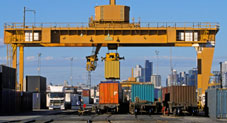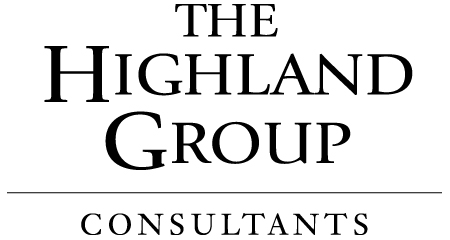Class I Railroad
SITUATION
Class I railroad providing intermodal services needed help reducing train turn time through the yards thereby improving customer service ratings.
DRIVER GOAL
- Decrease the driver dwell time to 30 minutes on average during peak season.
- Increase lift performance of contract terminal operators by lowering average number of lifts per container.
RESULT
- Pilot terminals achieved the driver dwell targets 4 months prior to season peak.
- Increased lift performance provided ability to negotiate lift rates from a much stronger position.

Case Study
Reduce Cycle Time & Increase Turnaround Speed
Issue
A Class I railroad, providing intermodal services to domestic and international shippers, engaged The Highland Group to quickly develop and implement changes that would reduce train turn time through the yards thereby improving customer service ratings.
Highland Approach
The Highland Group’s analytical professionals conducted a Discovery and Design process that identified and detailed key issues, including congested terminals, backed up main lines and transit delays. The team designed a specific approach to achieve a “pipeline effect” with free flowing traffic.
Actions Taken
- Adjusted staffing levels to maintain a smooth flow of gate traffic on and off property based on hourly flow patterns.
- Adjusted staffing levels, shift start/stop times and break times of lift equipment operators to match train load and unload needs and driver arrival patterns.
- Implemented direct, gate-to-car container loading of trains for particular origin-destination pairs.
- Implemented a “pre-mount” reservation process, where customers communicate units for pick-up the next day.
- Implemented policy for “walking” of containers to improve safety, reduce maintenance and improve lift per hour performance.
- Reviewed yard design and layout and made changes to traffic flow, equipment placement (mounted/trailer parking, bare chassis areas, bad order areas, etc.), gate placement, yard markings, etc.
- Designed and implemented a System For Managing all the above activities at terminals via new metrics, reporting and accountabilities.
- Consolidated all improvements and the management system into a “Yard Operating Model” for the company to use as a standard for gauging terminal operations.






